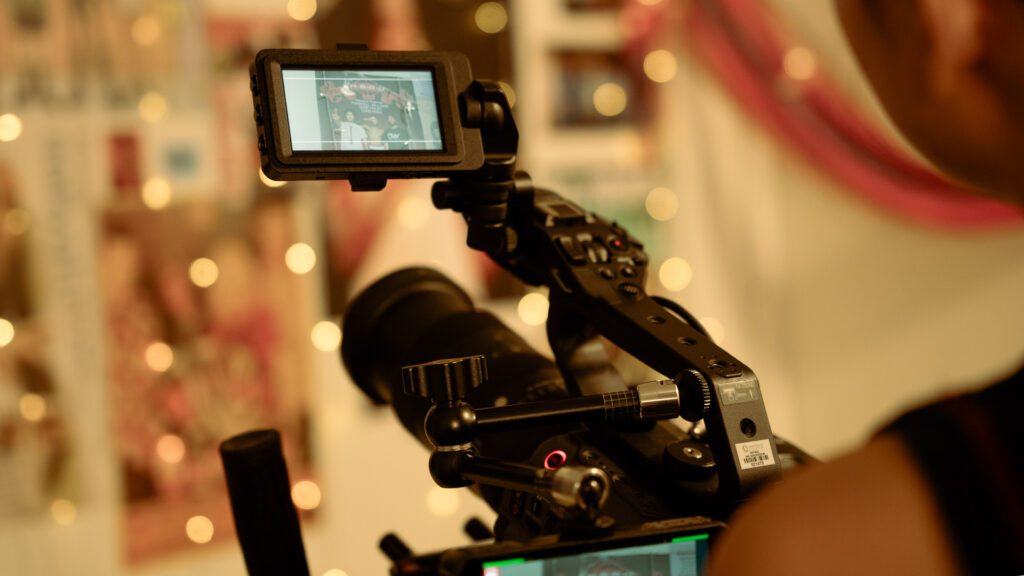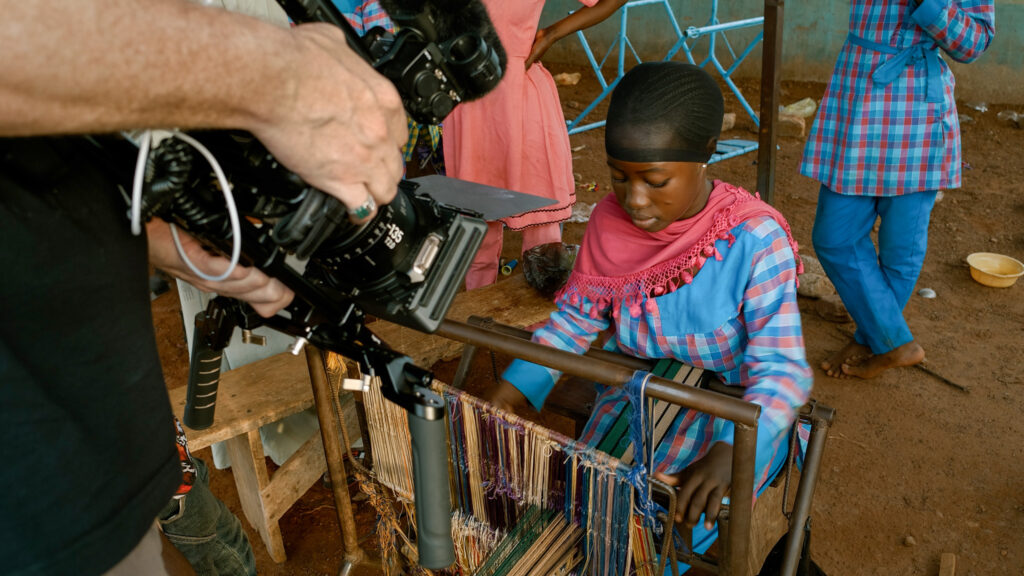I wanted to take a moment to discuss something with regards to lensing a dialogue scene. As we all know, there are no true rules, however something to consider next time you line up a basic dialogue shot is: What are your lenses saying?
The idea for this article sparked from a conversation I had with a younger DP I hired. They were looking through my lens case excited to take a look a complete set of SIGMA CINE Prime Lenses. They said, “You have the whole set, I get it, but do you ever actually use the 28mm or the 40 if you have a 35mm?” That’s actually a fair question. Why use a 28mm or 40mm when there is a 35mm? The 28mm isn’t much wider, nor is the 40mm much longer than the “normal” 35mm on S35.
So why? Well, it dawned on me many years ago, while making a silly “DP” joke at a dinner table at NAB, that leaning back in your chair while angry is the 28mm, sitting normal is the 35mm, and leaning in waiting for a kiss is the 40mm. I made the joke in jest tryin to justify the uses of the lenses, however it’s actually kind of true. The change in focal length from the 35mm, with the 28’s slight wide or 40’s slight telephoto can be used to help shape the flow of a conversation visually in a dialogue scene.
The idea is not to “go in for a closeup” the idea is to keep the shot consistent, but let the small change in focal length impart a bit of psychology to the scene. The effect is subtle, but can help tie the visuals to the story better. Sort of like using a bay leaf when cooking. It doesn’t have a strong or very specific flavor, but it enhances the dish overall.
This lens test is just a very simple demonstration of that effect. I wrote a simple 1 page first date script, that has a story arc from neutral, to upset, to reconciliation/intimacy. I tried to keep the characters’ framing pretty consistent throughout, letting the subtleties of the focal length do the work — a 28mm establishing a slightly wider distant feeling, a 35mm having a neutral image, and the 40mm imparting a more intimate feeling between the characters. The only time I changed the framing, was the final shot of the woman, I moved in a bit closer to help enhance the intimacy of the scene. Not by much, maybe a foot or so closer, but when using the 40mm the slight telephoto effect gives the shot the feeling of a close up while retaining the background and some of its details.
Of course these image attributes are not set in stone, but in this case, I think it can be used to effectively assist the story, and help the viewer connect to what the characters are feeling. Perhaps on your next film, try using the optics to your advantage and see if it helps your story telling.
I have always been excited that the SIGMA Cine Prime set included the 28mm and 40mm in their focal length line up. The 28mm and 40mm are usually focal lengths reserved for “high end” sets of lenses, that include a large number of focal lengths in the complete set. Think, S4’s, Ultra Primes, Master primes, Summilux C, S5’s etc… Seeing SIGMA include these in their set, shows me they are dedicated to giving cinematographers all the tools they will need to tell a story.

